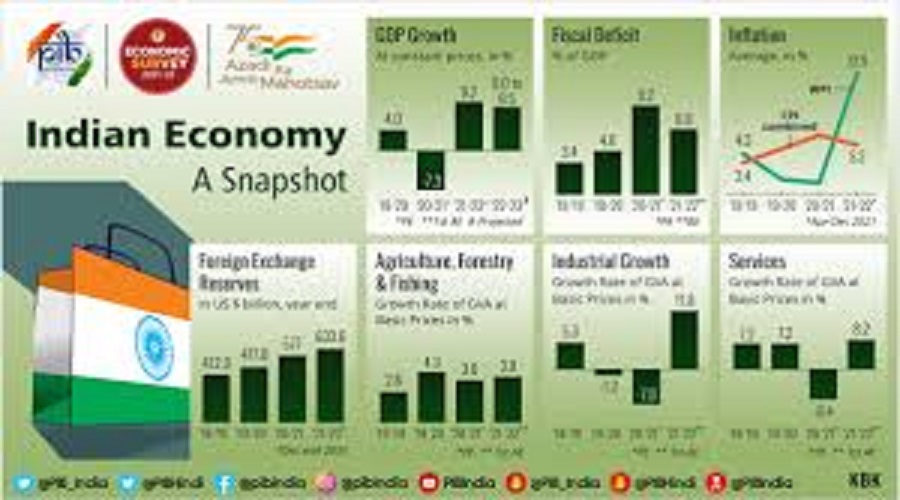A. Harikumar
India clocked its highest ever GST revenues last month with tax collections reaching Rs 1.67 lakh crore (Rs 1.67 trillion). The GST collection in March this year was Rs.1.42 lakh crore whcih itself was a record then. April GST collections was a 10th time in a row that the GST collections in India crossed Rs one lakh crore.
Last year (FY 2021 April 1- March 31 2022) exports from India also recorded an all time high export revenue of 669.65 billion; a growth of over 34.5 percent compared to corresponding period in 2020-21. The merchandise exports surged 43 percent to $ 418 billion comapred to 292 billion in FY 2020-21. The current account is sturdy and improvement in export to GDP ratio expected.
Public capital expenditure pegged at Rs 7.5 lakh as per 2022-23 union budget. In FY 2021-22, it was 5.5 lakh crore. In the second half of the current fiscal, private capital expenditure is expected to pick up.
There is optimism in Captial account. Foreign institutional investors (FIIs) after siphoning off Rs 1.48 lakh crore are back at present. Unlike 2013 tapering off, the Indian rupee is far more solid now. According to economists stability of rupee means more balanced economy. Total investment projects including those in the private sector announced in India during FY 2021-22 was Rs. 19.3 lakh crore which was 78 percent higher than in previous year.
Import inflation will be high but India’s ability to face it on the back of increasing merchandise and service export is much better. GST collection is over 1 lakh crore for the 10th time in a row points to better compliance, use of technology including AI to find tax evaders and nudge them to pay. All those factors have led to high tax collection. It also needs to be noted that in FY 2021-22 India’s net direct tax (corporate and personal income tax ) collection reached 14.0 lakh crore. It was higher than indirect tax collection. Direct tax collections have also been shored up by information systems which have all details of transactions.
Meanwhile, critics point out that the increased prices due to inflation is also contributing to the higher GST. They add that against the backdrop of skyrocketing prices of commodities the benefit of increase in tax collections may not be tangible.

